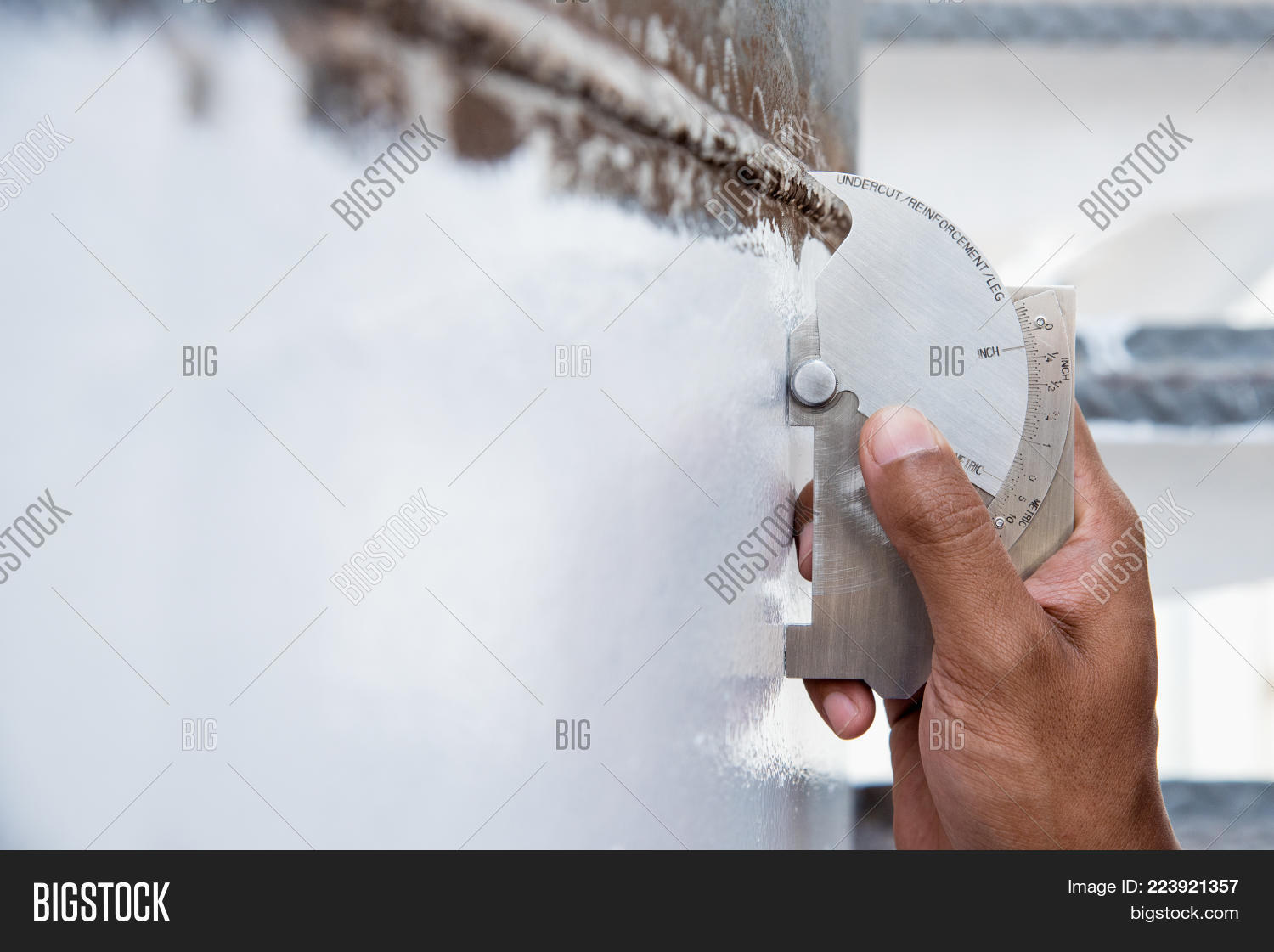How to Make Certain Conformity with Tank Welding Inspection Standards
How to Make Certain Conformity with Tank Welding Inspection Standards
Blog Article
A Comprehensive Introduction of Container Welding Assessment Criteria and Methodologies for Improved Weld High Quality and Efficiency
The value of welding examination criteria in the manufacturing of tanks can not be overstated, as they offer as the backbone for ensuring weld honesty and operational dependability. Numerous evaluation methods, including visual assessments and progressed non-destructive testing techniques, are important in identifying prospective flaws that could compromise performance.
Significance of Welding Assessment Specifications

Welding inspection standards include a series of standards, including product specs, welding treatments, and certifications of employees entailed in the welding process. By imposing these criteria, organizations can systematically identify and rectify potential flaws, therefore lowering the chance of costly repair work or tragic failings. Rigorous examination techniques foster a society of accountability and accuracy, urging welders to maintain high degrees of craftsmanship.

Typical Welding Examination Techniques


Ultrasonic Examining (UT) is an additional prevalent technique, using high-frequency acoustic waves to find internal problems that may not be noticeable on the surface. This approach is particularly efficient for recognizing spaces or incorporations within the weld metal. Magnetic Fragment Checking (MT) is additionally widely made use of, especially for ferromagnetic products, as it reveals surface area and near-surface flaws via the application of magnetic fields and ferrous bits.
In Addition, Fluid Penetrant Screening (PT) detects surface-breaking issues by using a penetrant to the weld and after that using a developer to extract the penetrant. Each of these techniques adds to an extensive assessment strategy, guaranteeing that welds meet the rigorous high quality requirements required in storage tank building and construction.
Regulative Standards and Compliance
Regulative requirements and compliance are vital components in ensuring the security and dependability of welded structures in container building and construction - Tank Welding Inspection. These standards offer to develop minimum needs for material homes, welding procedures, and inspection techniques, thereby minimizing the danger of structural failings and improving overall performance
Trick original site companies, such as the American Society of Mechanical Designers (ASME) and the American Welding Society (AWS), provide standards that are commonly embraced in the market. Compliance with these criteria not just makes certain adherence to ideal methods but likewise fulfills lawful and contractual obligations, protecting the rate of interests of stakeholders.
Governing bodies typically mandate adherence to details codes, such as ASME Code Area IX for welding qualifications and API 650 for bonded tanks. These codes outline demands for welding techniques, certifications of workers, and testing methods to confirm weld integrity.
Normal audits and assessments are important to preserving conformity, as they aid determine deviations from established requirements. Non-compliance can result in significant charges, task delays, and security hazards. Hence, a durable understanding of regulative criteria and a dedication to conformity are critical Look At This in accomplishing top notch and resilient bonded storage tank structures.
Non-Destructive Examining Approaches
Just how can the honesty of welded structures be ensured without causing read this article damage? Non-destructive screening (NDT) methods use a robust solution, making it possible for inspectors to assess weld top quality without compromising the material - Tank Welding Inspection. Amongst one of the most typical NDT techniques are ultrasonic testing (UT), radiographic testing (RT), magnetic fragment screening (MT), and color penetrant testing (PT)
Ultrasonic testing utilizes high-frequency acoustic waves to discover inner problems and define material homes. It supplies specific dimensions and is particularly reliable for thick materials. Radiographic screening entails passing X-rays or gamma rays through the weld, producing photos that reveal structural problems such as splits or gaps. This method is very useful for assessing the integrity of intricate welds.
Magnetic bit testing is fit for ferromagnetic materials, where magnetic fields expose surface area and near-surface gaps. Dye penetrant testing uses a fluid dye to highlight surface-breaking flaws, making it an efficient technique for non-porous materials.
Each of these NDT approaches has distinctive benefits, permitting comprehensive assessments customized to certain products and welding procedures. By executing these techniques, markets can make certain the dependability and safety of welded structures, inevitably improving overall efficiency.
Enhancing Weld Quality Via Inspection
Effective inspection plays a crucial role in improving weld high quality, working as an essential checkpoint in the fabrication process. By determining potential flaws early, evaluations reduce the risk of compromised structural stability and make certain compliance with sector requirements. Using a combination of visual exams, non-destructive screening (NDT) methods, and mechanical assessments, assessors can spot concerns such as porosity, fractures, and insufficient fusion.
Implementing a robust assessment procedure not just improves the general top quality of welds but also fosters a society of accountability among welders and producers. Routine training and accreditation of assessment employees guarantee that they are outfitted with the essential abilities to recognize and address possible troubles successfully. This positive technique reduces rework and associated expenses, inevitably adding to project performance.
Furthermore, detailed documents of examination searchings for gives valuable understandings into repeating concerns, helping with continual enhancement in welding methods. By leveraging sophisticated modern technologies, such as automated ultrasonic testing or electronic radiography, weld quality can be boosted with extra precise analyses. Finally, an extensive inspection procedure is indispensable in attaining high-grade welds, guaranteeing security, dependability, and longevity in tank fabrication.
Final Thought
In verdict, the execution of extensive storage tank welding assessment criteria and methodologies is essential for making sure weld integrity and efficiency. By making use of a combination of aesthetic assessments, non-destructive testing approaches, and adherence to regulatory requirements, organizations can successfully identify and minimize prospective problems.
Report this page